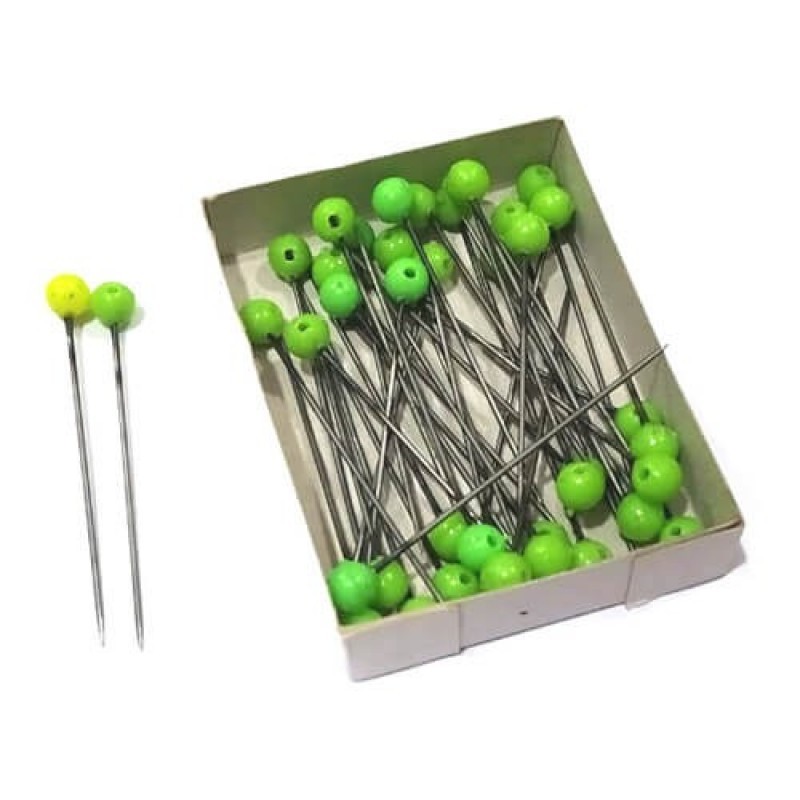Hair Pin for Frog Experiment in Biology Lab
Description
Hairpins are simple, yet versatile tools commonly used in biology laboratories, particularly in experiments involving frogs. They are typically made of metal, often steel, and come in various sizes and shapes. Their slender, pointed ends and sturdy construction make them ideal for a range of tasks.
Uses of Hairpins in Frog Experiments:
- Tissue Retraction: Hairpins can be used to gently hold back tissues or organs during dissection, providing a clear view of the underlying structures.
- Nerve and Muscle Isolation: The fine tips of hairpins are useful for isolating specific nerves and muscles, allowing for precise experimentation.
- Stimulation: In neurophysiology experiments, hairpins can be used to deliver electrical or mechanical stimuli to nerve or muscle tissue.
- Specimen Pinning: Hairpins can be inserted into the specimen to secure it to a dissecting board, preventing movement during dissection.
- Tissue Sampling: Hairpins can be used to extract small tissue samples for further analysis or microscopic examination.
- Probe Insertion: Hairpins can be used to insert probes or electrodes into specific tissues or organs.
- Suturing: In certain surgical procedures on frogs, hairpins can be used as makeshift sutures to close wounds.
If you'd like to know more about this chemical or need any analysis
report regarding this chemical then contact us support@echem.com.bd.

Login To Comment